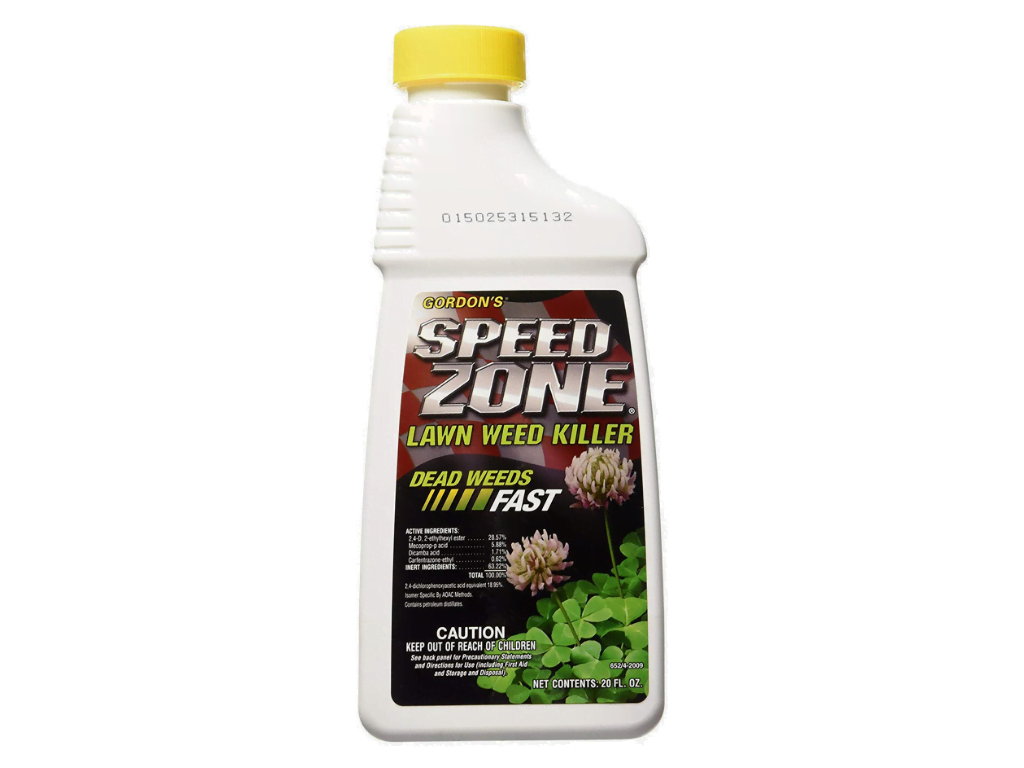If you find yourself with an unripe cantaloupe, don’t worry! There are several ways to salvage it and enjoy it at its best. While it can be difficult to determine when a cantaloupe is perfectly ripe, there are some signs to look out for, such as a yellowish-brown patch and a strong sweet smell. However, if you happen to slice into an unripe cantaloupe, there are still options for making the most of it.
You can turn it into a soup, make a jam or chutney, use it as a base for a smoothie or agua fresca, or even grill it with a touch of salt to enhance its sweetness.
Salvaging and transforming unripe cantaloupes can be an exciting culinary adventure. With a little creativity and some inspiration, you can turn what might seem like a disappointment into a delicious and satisfying treat. So, let’s dive in and explore the possibilities of unripe cantaloupes!
How to Recognize an Unripe Cantaloupe
To effectively deal with an unripe cantaloupe, it is crucial to be able to recognize its characteristics. By understanding the signs of an unripe cantaloupe, you can make informed decisions about its use and ripening potential.
Unripe cantaloupes typically have a lighter weight and a more greenish skin color compared to their ripe counterparts. When you tap an unripe cantaloupe, it produces a dull thud rather than the hollow sound associated with mature fruit. Additionally, unripe cantaloupes lack the characteristic sweet scent that ripe ones possess.
One of the most noticeable differences between ripe and unripe cantaloupes is the color and texture of the flesh. While ripe cantaloupes have juicy orange flesh, unripe cantaloupes have pale, dry flesh.
It is essential to note that unripe cantaloupes are not harmful to consume, but they may lack the desired levels of nutrition and can be harder to digest compared to their ripe counterparts. Additionally, it’s important to keep in mind that cantaloupes do not significantly ripen once they are picked from the vine.
Understanding these signs and characteristics can help you determine whether a cantaloupe is ripe and ready to be enjoyed or if it requires further ripening or use in alternative recipes.
Recognizing Unripe Cantaloupe:
- Lightweight and greenish skin color
- Produces a dull thud when tapped
- Lacks the characteristic sweet scent
- Pale, dry flesh compared to juicy orange
Creative Ways to Use Unripe Cantaloupe
If you find yourself with an unripe cantaloupe that won’t ripen or if you simply can’t wait, there are still ways to make use of it. Unripe cantaloupe can be a great addition to cooked dishes due to its firm texture. It can be stir-fried, baked, or used in soups. Additionally, unripe cantaloupe can be pickled for a tangy side dish, made into jam, or grated and used in salads or coleslaw. With a little creativity, unripe cantaloupes can be transformed into delightful dishes. One unique suggestion is to make a cantaloupe curry by steaming the unripe fruit and combining it with spices and other ingredients.
Stir-Fried Unripe Cantaloupe
To make a delicious stir-fry using unripe cantaloupe, cut the fruit into small cubes and stir-fry it with your choice of protein, vegetables, and seasonings. The firm texture of the unripe cantaloupe adds a unique crunch to the dish while absorbing the flavors of the other ingredients. Try pairing it with chicken, bell peppers, onions, and a savory soy sauce-based marinade for a flavorful and satisfying meal.
Baked Unripe Cantaloupe
Baking unripe cantaloupe can soften its texture and bring out its natural sweetness. Slice the unripe fruit into wedges and arrange them on a baking sheet. Drizzle with a little olive oil, sprinkle with salt and pepper, and roast in the oven until tender. The caramelization process will enhance the flavor and create a delicious side dish or topping for salads and grain bowls.
Unripe Cantaloupe Soup
Transform unripe cantaloupe into a refreshing soup. Blend together unripe cantaloupe chunks, yogurt, fresh mint leaves, a squeeze of lime juice, and a pinch of salt until smooth. Chill the soup in the refrigerator for a few hours to allow the flavors to meld together. Serve it cold as an appetizer or light meal on hot summer days.
These are just a few examples of how you can get creative with unripe cantaloupe in your cooking. Remember to experiment with different flavors and seasonings to suit your taste preferences. Enjoy the versatility of this underappreciated fruit and discover new ways to incorporate it into your favorite recipes.
Conclusion
Don’t let an unripe cantaloupe go to waste. With the right knowledge and creativity, you can salvage the fruit and enjoy it in various ways. Whether you choose to cook it, incorporate it into other dishes, or explore different recipes, there are options to make the best out of the situation.
Remember to pay attention to the signs of ripeness before harvesting cantaloupes to avoid disappointment. Look for a yellowish-brown patch and a strong sweet smell. Avoid picking lightweight cantaloupes without that characteristic aroma. By being mindful of these indicators, you can ensure a satisfying culinary experience.
Embrace the opportunity to experiment and learn more about the versatile fruit. Unripe cantaloupes offer a chance to explore unique flavors and textures. So whether you decide to whip up a refreshing cantaloupe soup, add it to a savory stir-fry, or create a tangy pickled side dish, unripe cantaloupe can surprise you with its potential.
Can Unripe Cantaloupe be Used to Split Hydrangeas?
Yes, unripe cantaloupe can be used to split Hydrangeas. For a natural splitting hydrangeas tutorial, place a piece of unripe cantaloupe in a plastic bag with the flower. Leave it for a few days. The ethylene gas produced by the cantaloupe will help split the flower.










